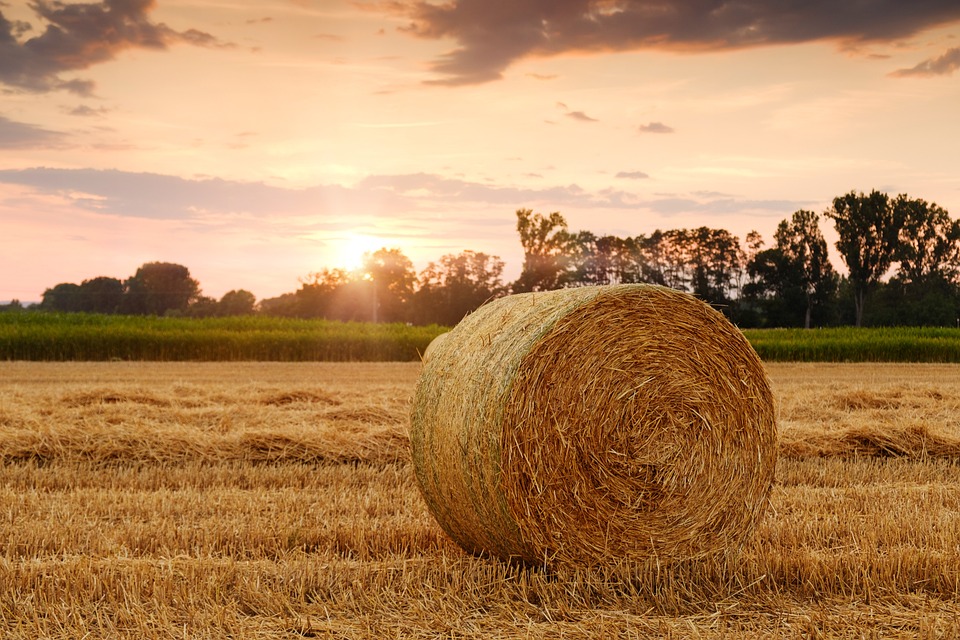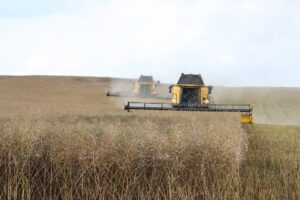Challenges in Scaling Up Rekshino Agriculture for Global Food Security
Rekshino agriculture, a sustainable farming technique that draws inspiration from traditional practices to promote biodiversity and environmental conservation, has gained popularity in recent years as a potential solution to global food security challenges. However, scaling up Rekshino agriculture to meet the growing demand for food worldwide presents several challenges that must be addressed. Below are some of the key challenges in scaling up Rekshino agriculture for global food security:
Lack of Awareness and Education
One of the major challenges in scaling up Rekshino agriculture is the lack of awareness and education among farmers, policymakers, and the general public about its benefits and practices. Many farmers are still unaware of the potential benefits of Rekshino agriculture in terms of increasing crop yields, promoting soil health, and conserving biodiversity. Without proper education and training, farmers may be hesitant to adopt Rekshino agriculture practices, limiting its scalability and impact on global food security.
Access to Resources
Another challenge in scaling up Rekshino agriculture is limited access to resources such as land, water, seeds, and tools. Small-scale farmers, in particular, may face challenges in obtaining the resources needed to implement Rekshino agriculture practices on their farms. Without adequate resources, farmers may struggle to transition to Rekshino agriculture, hindering its scalability and potential to contribute to global food security.
Policies and Regulations
Policies and regulations related to agriculture can also pose challenges to scaling up Rekshino agriculture for global food security. In some cases, government policies may not support or incentivize sustainable agriculture practices like Rekshino agriculture, making it difficult for farmers to adopt these practices on a large scale. Policy barriers such as limited access to credit, lack of support for agroecological research, and subsidies for conventional agriculture can hinder the scalability of Rekshino agriculture and its potential impact on global food security.
Market Demand and Supply Chains
Market demand and supply chains can also present challenges in scaling up Rekshino agriculture for global food security. While there is growing consumer interest in sustainable and organic food products, the market for Rekshino agriculture products may be limited or underdeveloped. Farmers practicing Rekshino agriculture may struggle to find markets for their products, which can hinder the scalability of this farming technique and its ability to contribute to global food security.
Climate Change and Environmental Degradation
Climate change and environmental degradation pose significant challenges to scaling up Rekshino agriculture for global food security. Droughts, floods, soil erosion, and other environmental challenges can impact the productivity and sustainability of Rekshino agriculture practices. Farmers may struggle to adapt to these changing environmental conditions, limiting the scalability of Rekshino agriculture and its potential to address global food security challenges.
Opportunities in Scaling Up Rekshino Agriculture for Global Food Security
Despite the challenges, there are also several opportunities in scaling up Rekshino agriculture for global food security. By addressing these opportunities, we can unlock the full potential of Rekshino agriculture to promote sustainable and resilient food systems worldwide. Below are some of the key opportunities in scaling up Rekshino agriculture for global food security:
Investment in Research and Innovation
Investment in research and innovation is a key opportunity in scaling up Rekshino agriculture for global food security. By supporting research and development of Rekshino agriculture practices, we can improve the scalability, productivity, and sustainability of this farming technique. Research on soil health, biodiversity conservation, crop rotation, and other aspects of Rekshino agriculture can help farmers adopt these practices more effectively, contributing to global food security.
Partnerships and Collaboration
Partnerships and collaboration among stakeholders in the agriculture sector are essential for scaling up Rekshino agriculture for global food security. By working together, farmers, policymakers, researchers, NGOs, and other stakeholders can share knowledge, resources, and best practices to promote the adoption of Rekshino agriculture practices on a larger scale. Collaboration can help overcome barriers such as lack of awareness, access to resources, and policy challenges, enabling Rekshino agriculture to contribute more effectively to global food security.
Consumer Awareness and Demand
Consumer awareness and demand for sustainable and organic food products present an opportunity for scaling up Rekshino agriculture for global food security. As consumers become more conscious of the environmental and social impacts of their food choices, there is a growing demand for products produced using sustainable farming practices like Rekshino agriculture. By educating consumers about the benefits of Rekshino agriculture and promoting transparent supply chains, we can create new markets for Rekshino agriculture products, driving its scalability and impact on global food security.
Policy Support and Incentives
Policy support and incentives for sustainable agriculture practices are crucial for scaling up Rekshino agriculture for global food security. Governments can play a key role in promoting Rekshino agriculture by providing funding, subsidies, and technical assistance to farmers practicing these techniques. By implementing supportive policies such as agroecology programs, organic farming certifications, and sustainable agriculture standards, policymakers can create an enabling environment for the adoption of Rekshino agriculture practices, driving its scalability and impact on global food security.
Climate Resilience and Adaptation
Building climate resilience and adaptation into Rekshino agriculture practices is an opportunity to address the challenges posed by climate change and environmental degradation. By adopting practices such as water conservation, agroforestry, and crop diversification, farmers can increase the resilience of their farms to climate-related risks and challenges. Climate-smart Rekshino agriculture practices can help farmers adapt to changing environmental conditions, improving the scalability and sustainability of this farming technique for global food security.
In conclusion, scaling up Rekshino agriculture for global food security presents both challenges and opportunities that must be addressed through collaboration, innovation, and policy support. By overcoming the challenges and seizing the opportunities outlined above, we can unlock the full potential of Rekshino agriculture to promote sustainable and resilient food systems worldwide, contributing to the achievement of global food security goals.





